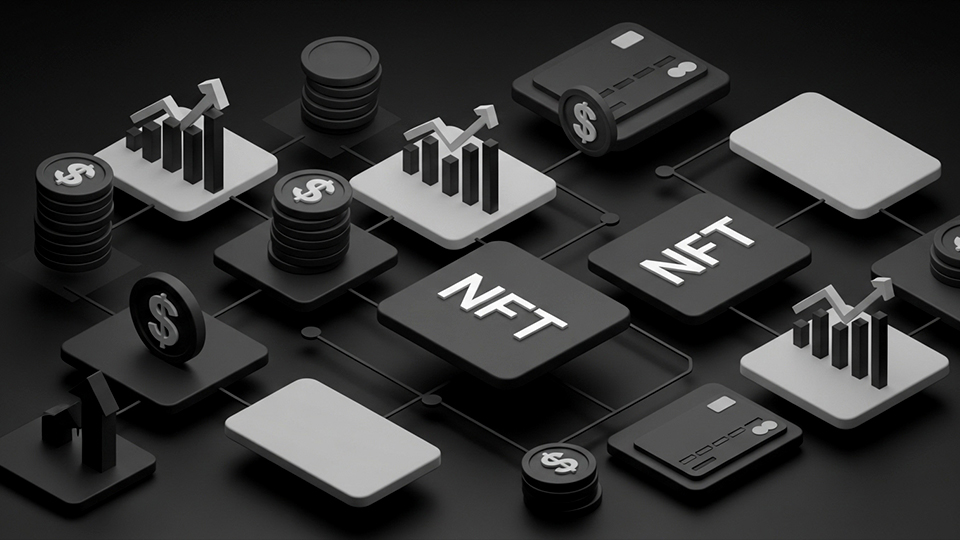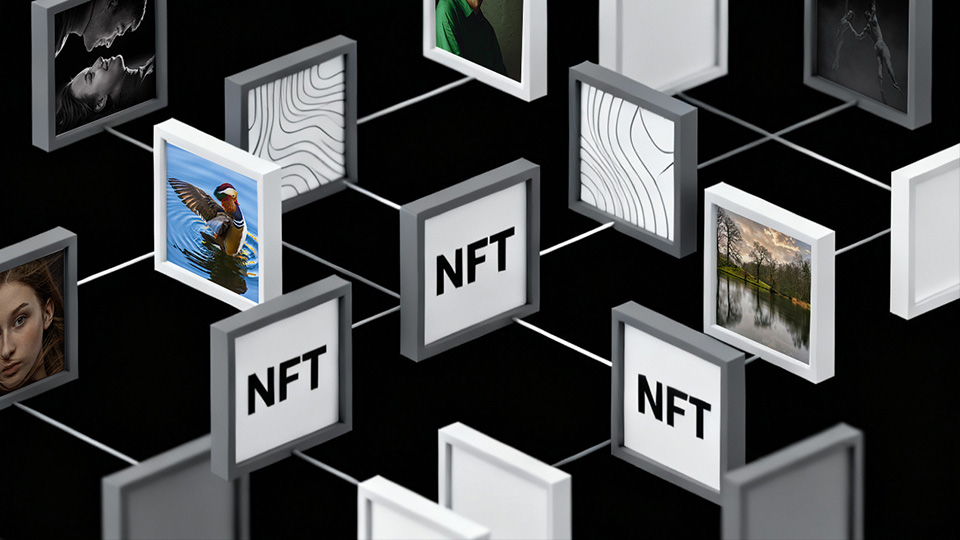Understanding Token Burning in Cryptocurrency
Token burning is a strategic process in the cryptocurrency world where a portion of tokens is permanently removed from circulation. By intentionally reducing the total supply, this mechanism can increase scarcity and potentially boost the value of the remaining tokens. Beyond its impact on value, token burning serves various purposes, from enhancing security to stabilizing token ecosystems.
How Token Burning Works
Token burning involves sending tokens to a special “burn address,” also known as a “dead wallet” or “eater address.” This wallet can only receive tokens and has no private keys, meaning no one can retrieve or spend the tokens sent to it. Once burned, these tokens are permanently removed from the supply, ensuring they can never re-enter circulation.
The burning process is transparent, as all transactions are recorded on the blockchain. Anyone can verify burn events, ensuring trust and accountability. Projects often announce token burns to their communities, reinforcing transparency and allowing users to monitor the process.
The Purpose of Token Burning
- Boosting Token Value
By reducing the supply of tokens, burning can create scarcity. This scarcity may lead to increased demand, driving up the value of the remaining tokens. For token holders, this can serve as a reward for their continued investment. - Building Investor Confidence
Regularly scheduled token burns demonstrate a project’s commitment to long-term growth and stability. By showing an active effort to reduce supply and avoid inflation, projects can gain the trust of their investors and community. - Correcting Errors
Sometimes, bugs or technical errors can lead to the accidental creation of extra tokens. Burning these tokens helps to resolve the issue and maintain a balanced token economy. - Stabilizing Algorithmic Stablecoins
Algorithmic stablecoins use burning as a mechanism to maintain their pegged value. When the coin’s value dips below the target, excess tokens are burned to reduce supply and bring the price back up. - Enhancing Network Security
Some blockchains incorporate token burning into their transaction fees. A small portion of each fee is burned, discouraging spam and malicious transactions. This mechanism protects the network from being overwhelmed by unnecessary activity and helps maintain overall system integrity.
Why Token Burning Matters
Token burning is not just about increasing value—it’s also a tool for creating trust and ensuring the stability of a cryptocurrency space. By aligning the interests of developers, investors, and users, burning tokens can demonstrate a project’s commitment to its goals while offering tangible benefits to its community.
From preventing inflation to securing networks and stabilizing prices, token burning is a versatile and essential mechanism in the cryptocurrency space. It underscores the unique strategies and tools available in blockchain technology, offering a glimpse into the innovative ways projects balance supply and demand in a decentralized economy.





